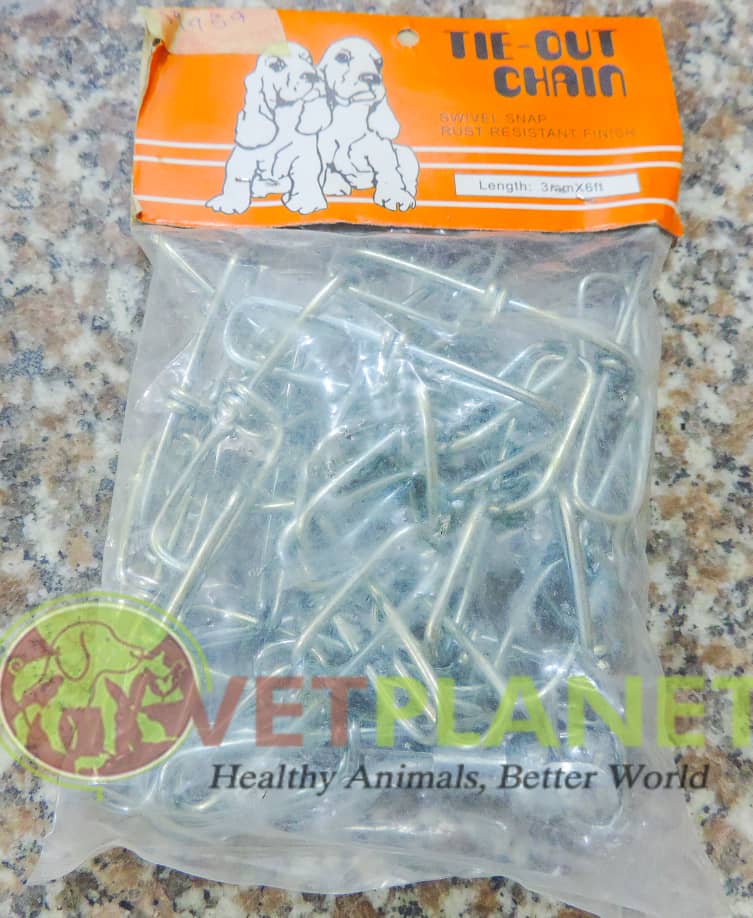What is meant by “chaining” or “tethering” dogs?
Galvanized Kennel Chain: Generally speaking, the terms chaining and tethering refer to the practice of fastening a dog to a stationary object and leaving them unattended. The term chaining tends to refer to situations where thick, heavy chains are used. Tethering is more often referred to partial restraint on a rope, lighter chain or pulley, which is the more prevalent form of tethering. These terms are not meant to refer to an animal being walked on a leash or cases of supervised, temporary tethering while an owner is present.
Why do people tether their dogs? (with Galvanized Kennel Chain)
People tether their dogs for a variety of reasons. Most people who do this are unaware of the harm it can cause to their dogs. Social norms of pet-keeping have made tethering unpopular, so it is declining as a practice, but some reasons people do it include:
- The dog is a repeat escapee and the owner has run out of ideas to safely confine the dog. Sometimes this is the reason dogs are kept on heavier chainsthey have chewed through or otherwise escaped lighter tethers and the owner is trying to keep them from getting loose.
- The owner is trying to protect their dog from something on the other side of their fence (kids, another dog, etc.) by keeping the dog in one area in the yard.
- The owner’s fence is damaged or the owner doesn’t have a fenced yard.
- The dog’s behavior makes keeping them indoors challenging and the owner doesn’t know how to correct the behavior.
- The landlord may not allow the pet owner to keep the dog indoors or install a fence.
- The pet owner comes from a family that always tethered dogs and may not realize there are better options.
How should dogs be confined and restrained safely?
The Humane Society of the United States believes that dogs are part of the family. We recommend that all dogs live indoors, receive regular exercise and are provided with adequate attention, food, water and veterinary care. Dogs living outdoors part or all of the time should be provided with a safe, escape-proof enclosure with proper shelter, where they may express natural behaviors.






